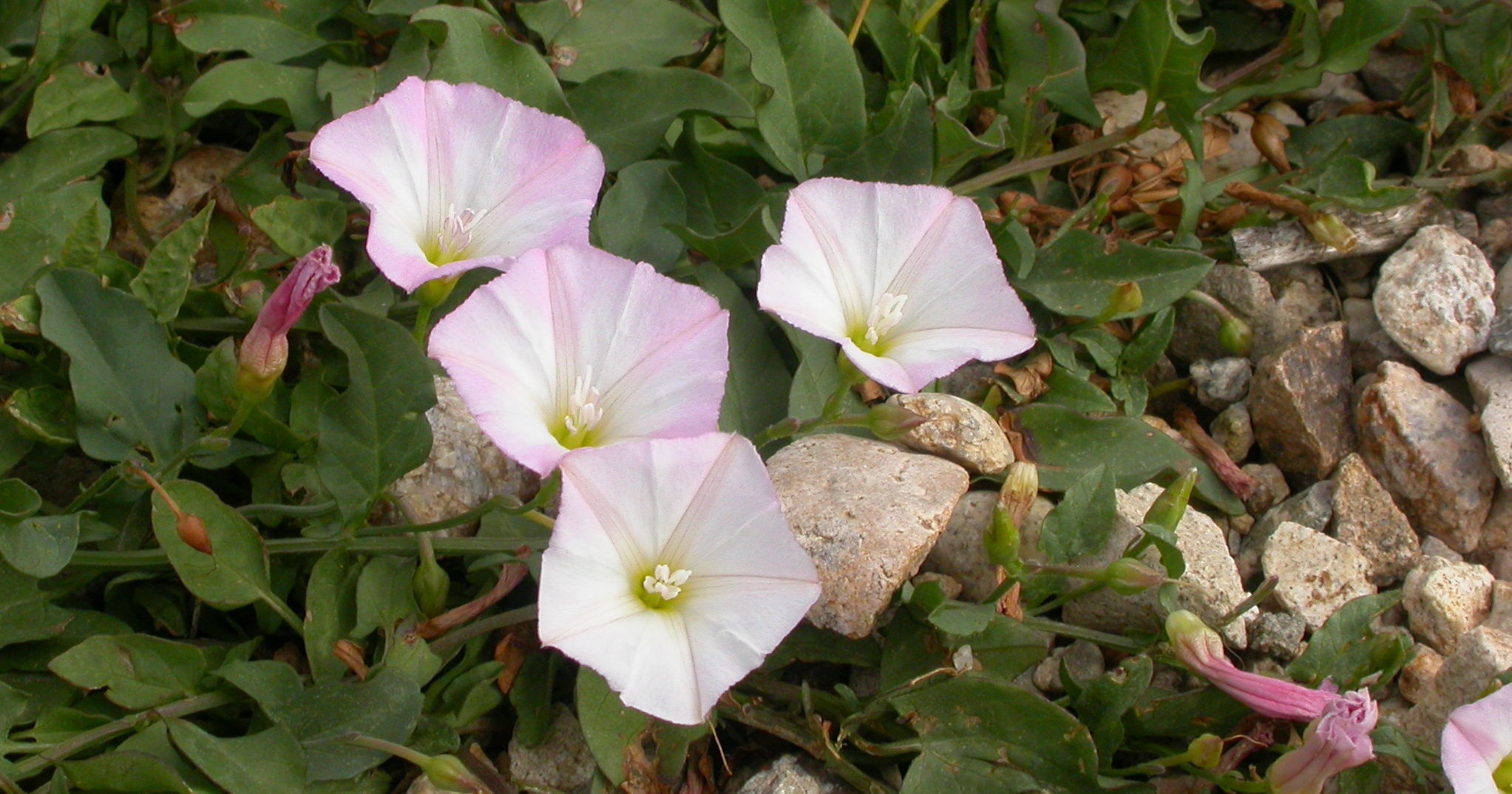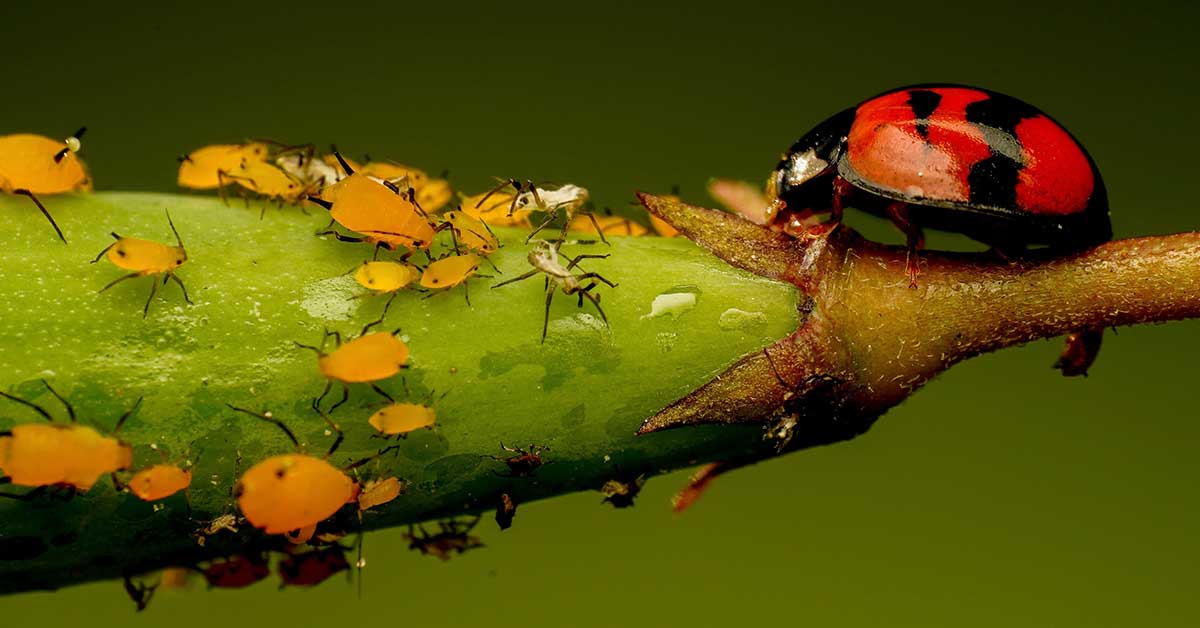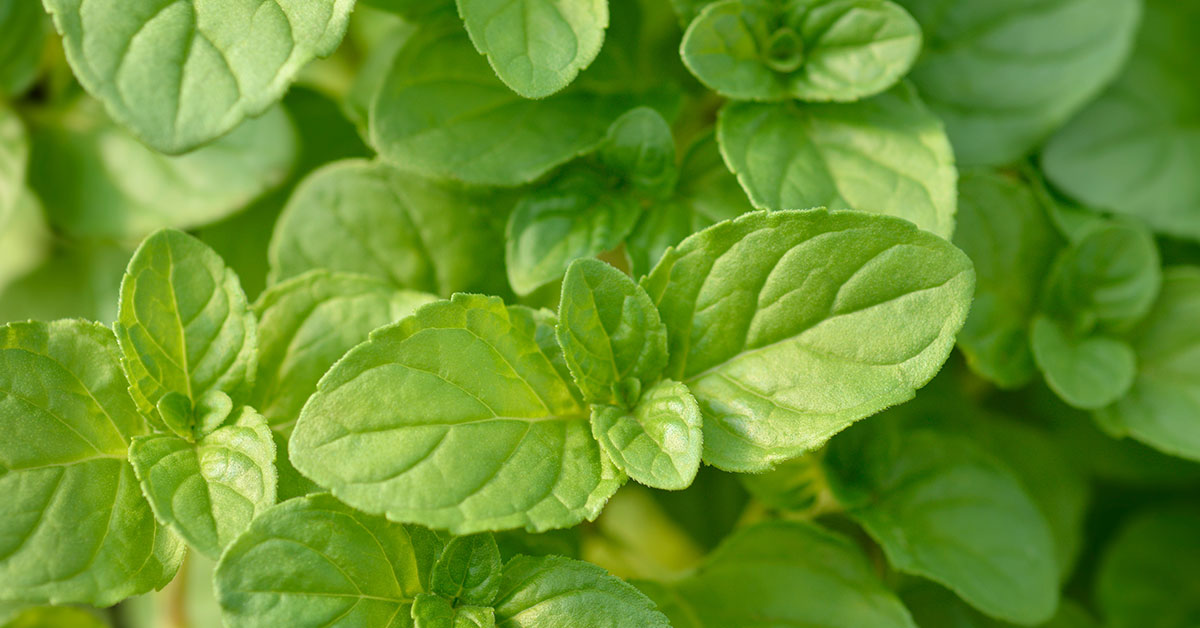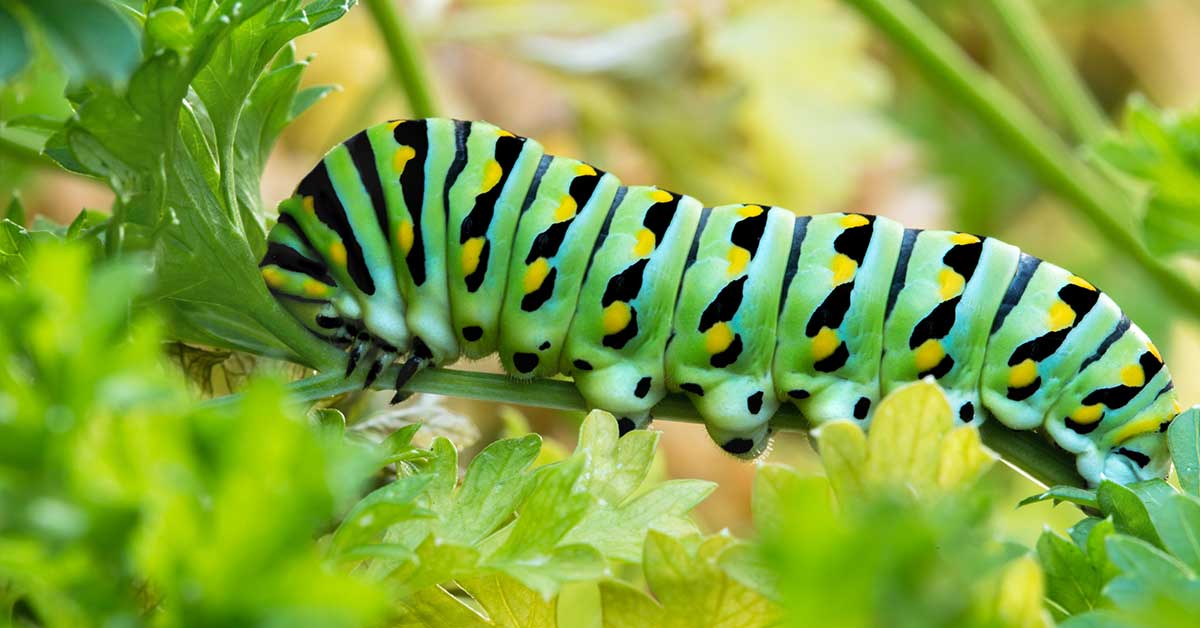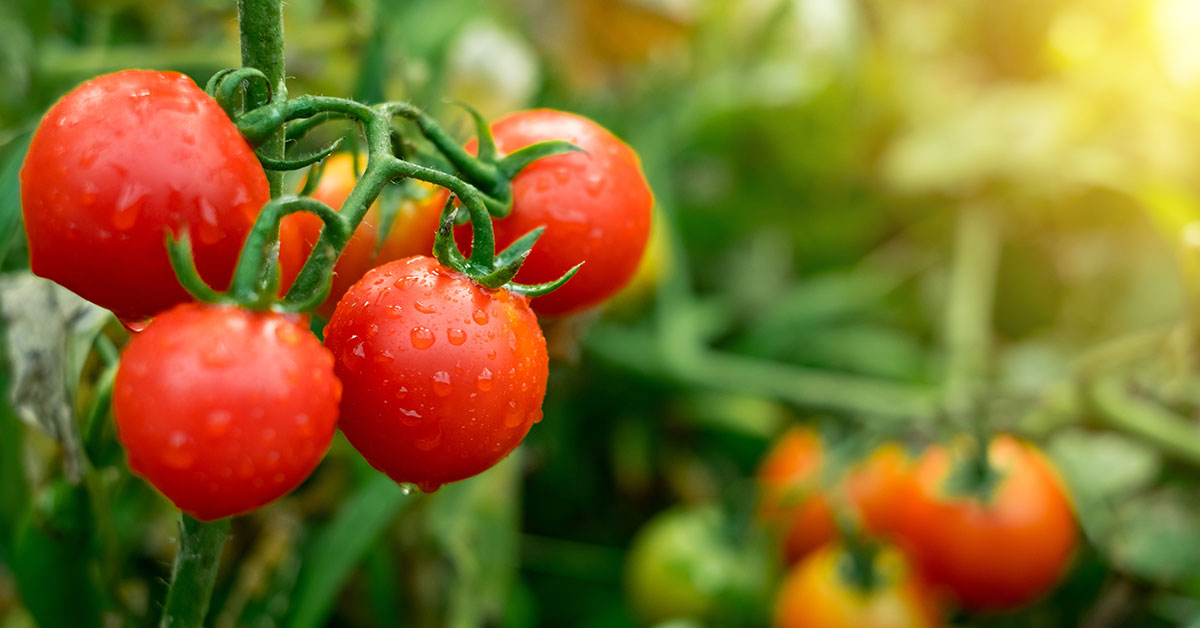Invasive plants can wreak havoc on your garden and local ecosystem. They spread aggressively, outcompeting native species and disrupting the natural balance. As a gardener, it’s essential to identify and remove these invaders promptly to protect your yard and support biodiversity. Knowing which plants to watch out for is the first step in keeping your garden healthy and thriving!
In this article, I’m going to share information about some of the most notorious invasive plants you might encounter. These plants have been identified as harmful in various regions due to their rapid spread and negative impact on native flora and fauna. Let’s dive into the specifics of each invasive plant and understand why they need to be removed immediately!
Japanese Knotweed

Japanese knotweed (Fallopia japonica) is an invasive species that can be found in many parts of North America and Europe. This plant spreads quickly through its robust root system, which can extend up to 20 feet underground. Knotweed can cause significant damage to infrastructure, including foundations and roads, due to its aggressive growth.
Japanese knotweed is particularly harmful because it forms dense thickets that outcompete native vegetation, reducing biodiversity. Its presence can lead to soil erosion and negatively impact wildlife habitats. If you spot Japanese knotweed in your yard, it’s crucial to remove it immediately and dispose of the plant material responsibly to prevent further spread.
Kudzu
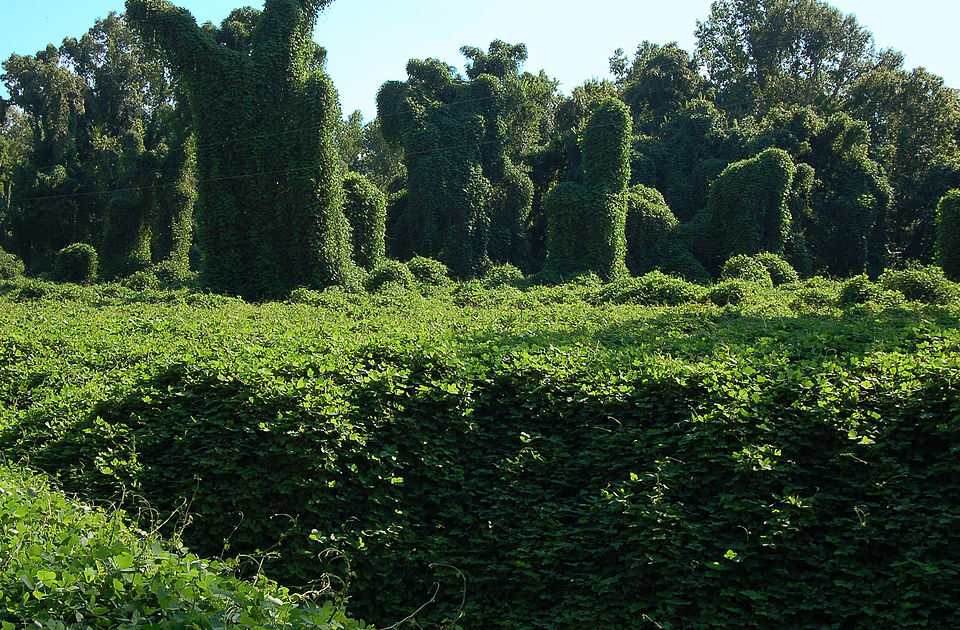
Kudzu (Pueraria montana var. lobata) is a notorious invasive plant known as “the vine that ate the South” in the United States. Originally introduced for erosion control, kudzu spreads rapidly and can overtake entire landscapes, smothering trees, shrubs, and buildings with its dense growth.
Kudzu is harmful because it blocks sunlight from reaching other plants, effectively killing them and reducing biodiversity. Its rapid growth rate can quickly transform a healthy ecosystem into a monoculture dominated by kudzu. Removing kudzu from your yard involves cutting back the vines and digging up the roots, a process that requires persistence and diligence.
English Ivy

English ivy (Hedera helix) is a common invasive plant in North America, particularly in the Pacific Northwest and southeastern United States. While it may look attractive as ground cover or climbing a wall, English ivy can cause significant ecological damage by smothering trees and understory plants.
This ivy is harmful because it can weaken trees by preventing photosynthesis and increasing the risk of windthrow. Additionally, it harbors pests and diseases that can spread to other plants. To control English ivy, cut the vines at the base and remove the roots. Consistent monitoring and removal are necessary to prevent regrowth.
Garlic Mustard

Garlic mustard (Alliaria petiolata) is an invasive biennial plant that has spread throughout North America. It thrives in shady areas, such as forests and garden edges, and can quickly dominate the understory. Garlic mustard produces chemicals that inhibit the growth of other plants and disrupt mycorrhizal fungi, which are crucial for native plant health.
Garlic mustard is harmful because it reduces biodiversity and alters soil chemistry, making it difficult for native species to thrive. It also disrupts habitats for wildlife that depend on native plants. To remove garlic mustard, pull the plants by hand before they set seed, and ensure you remove the entire root system to prevent regrowth.
Purple Loosestrife

Purple loosestrife (Lythrum salicaria) is an invasive perennial plant that has spread across wetlands in North America and Europe. Its tall, striking purple flowers can produce up to 2.5 million seeds per year, leading to rapid and widespread colonization of wetland areas.
This plant is harmful because it displaces native wetland vegetation, reducing habitat quality for birds, fish, and other wildlife. Purple loosestrife can also clog waterways, affecting water flow and increasing the risk of flooding. Removing purple loosestrife involves digging up the plants and disposing of them properly. Be sure to remove as much of the root system as possible to prevent regrowth.
Japanese Barberry
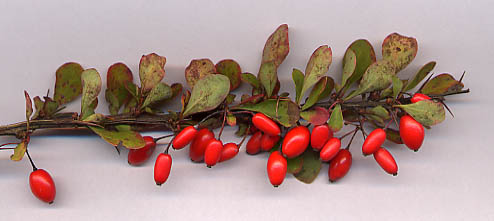
Japanese barberry (Berberis thunbergii) is a common ornamental shrub that has become invasive in many parts of North America. It thrives in a variety of conditions, including forests, fields, and wetlands. Barberry forms dense thickets that can outcompete native plants and alter soil conditions.
Japanese barberry is harmful because it creates a habitat for ticks, increasing the risk of tick-borne diseases like Lyme disease. It also disrupts local ecosystems by shading out native plants and altering soil pH. Removing Japanese barberry involves cutting the shrubs back and digging up the roots. Regular monitoring is necessary to control any regrowth.
Giant Hogweed

Giant hogweed (Heracleum mantegazzianum) is an invasive plant that poses a significant health hazard. Found in parts of North America and Europe, this towering plant can reach up to 14 feet in height. Its sap contains toxic chemicals that can cause severe skin burns and blindness if it comes into contact with the eyes.
Giant hogweed is harmful because it not only poses a risk to human health but also displaces native vegetation, leading to soil erosion. Removing giant hogweed should be done with extreme caution, wearing protective clothing and following guidelines for safe disposal. Professional assistance is often recommended due to the plant’s hazardous nature.
Tree of Heaven

Tree of heaven (Ailanthus altissima) is an invasive tree that has spread across urban and rural areas in North America. This fast-growing tree produces allelopathic chemicals that inhibit the growth of nearby plants, allowing it to dominate landscapes.
Tree of heaven is harmful because it disrupts ecosystems by outcompeting native trees and plants. Its aggressive root system can damage infrastructure and contribute to soil erosion. Removing tree of heaven involves cutting down the tree and treating the stump with herbicide to prevent regrowth. Continuous monitoring and removal of seedlings are necessary to control this invasive species.
Canada Thistle
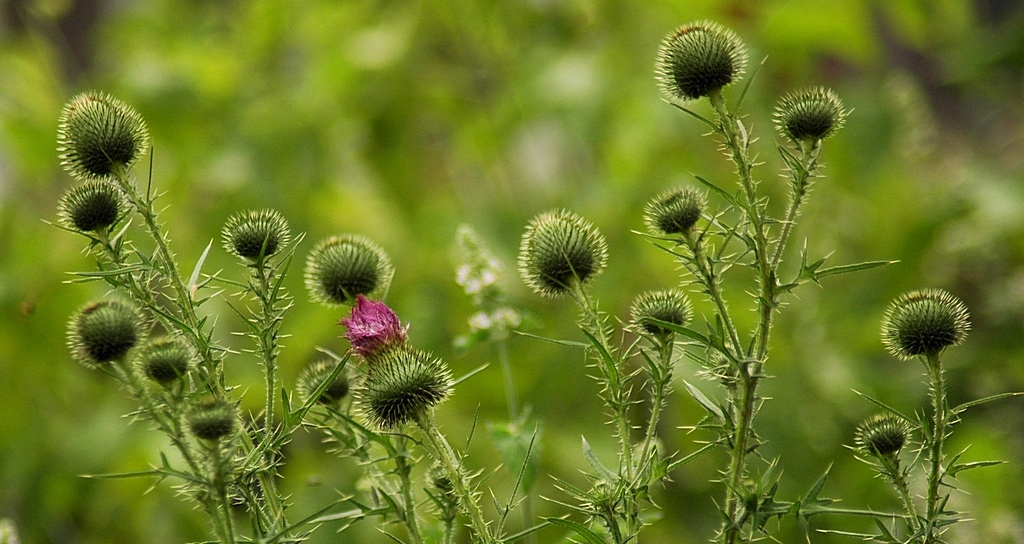
Canada thistle (Cirsium arvense) is a perennial weed that spreads aggressively through both seeds and root systems. It can be found in various habitats, including gardens, fields, and wetlands. Canada thistle forms dense patches that crowd out native vegetation and reduce biodiversity.
Canada thistle is harmful because its extensive root system makes it difficult to eradicate, and it can quickly take over large areas. The plant’s spiny leaves and stems can also make it unpleasant to handle. Removing Canada thistle involves cutting the plants back before they flower and digging up the root system. Persistence is key, as the plant can regrow from small root fragments.
Common Reed

Common reed (Phragmites australis) is an invasive grass that has spread throughout wetlands in North America. It forms dense stands that can reach up to 15 feet in height, outcompeting native plants and altering wetland ecosystems.
Common reed is harmful because it reduces habitat quality for wildlife, including birds and fish. It also increases the risk of fire due to the dense, dry vegetation it creates. Removing common reed involves cutting the plants and applying herbicide to the cut stems. Repeat treatments may be necessary to fully eradicate this invasive grass.
Himalayan Blackberry

Himalayan blackberry (Rubus armeniacus) is an aggressive invasive species that forms dense, impenetrable thickets. It can be found in many parts of North America, particularly in the Pacific Northwest. This plant spreads through seeds, roots, and stems that root at the tips.
Himalayan blackberry is harmful because it outcompetes native vegetation, reduces biodiversity, and creates habitat for pests. Its thorny stems can make areas inaccessible and difficult to manage. Removing Himalayan blackberry involves cutting back the canes and digging up the root system. Persistence is required to control this invasive plant effectively.
Multiflora Rose

Multiflora rose (Rosa multiflora) is an invasive shrub that has spread throughout North America. Originally introduced for erosion control and as a living fence, this plant has escaped cultivation and now invades fields, forests, and roadsides.
Multiflora rose is harmful because it forms dense thickets that outcompete native plants and reduce habitat quality for wildlife. Its aggressive growth can make it difficult to manage and restore invaded areas. Removing multiflora rose involves cutting back the shrubs and digging up the roots. Regular monitoring and removal of new growth are essential for long-term control.
